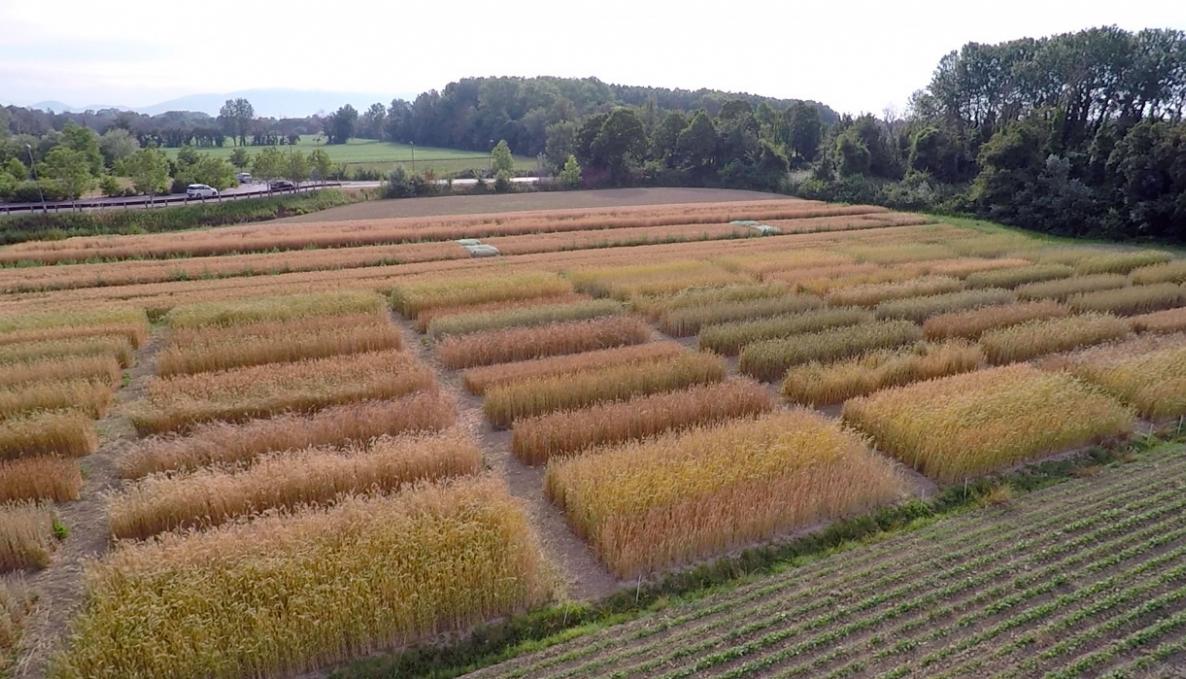Results of TuSCANA Project: understanding Tuscan old wheat genotypes improve nutritional and nutraceutical properties of our wheat-products and bread

There is growing evidence that soft wheat ancient varieties included in the Tuscany Region Catalogue show higher concentration of nutritional and nutraceutical compounds compared to modern varieties and refined grains. Minerals, bioactive molecules, prebiotic oligosaccharides, flavonoids, polyphenols and the interaction of all these components give ancient grains their nutritional value. In this regard, soft wheat ancient varieties can exert a protective action against chronic diseases, such as obesity, cardio-vascular diseases, diabetes and cancer, due to their health-promoting compounds.
The evaluation of the functional components of Tuscan soft wheat ancient varieties conducted by the “Plant-soil interactions” research team of the Institute of Life Sciences at Sant’Anna School, highlighted genotypic differences in iron (Fe) and zinc (Zn) concentrations. The old varieties showed the highest Fe and Zn concentrations (+40%) and significantly higher concentrations of the amounts of total phenolic, flavonoid and Lipoic acid compounds. The study showed significant response of bio-fertilizers (Arbuscular Mycorrhizal Fungi (AMF) - natural fertilizers which provide the host with water, nutrients, and pathogen protection. AMF are obligate symbionts which form mutualistic symbioses with about 80% of plant species) and pointed out that agronomic foliar bio-fortification improves concentrations and potential bioavailability of Fe and Zn.
The consumption of bio-fortified whole meal bread could supply 2.7 mg of Zn per day, which represents more than 40% of the recommended dietary Zn intake. By contrast, the consumption of white bread could supply only 10 mg of Zn per day.
Tuscany Region authority has developed a network of about 200 farmers for the maintenance of plant biodiversity with “in situ” conservation and local varieties by “ex situ” collections. Germplasm collection and characterization continues across Tuscany supported with specific partnerships.
Terre Regionali Toscane, is a regional public institution for soil conservation and sustainable agriculture. It financially supported the book “Frumenti teneri toscani: caratteri nutrizionali e nutraceutici di varietà iscritte al repertorio regionale” publishing. As part of the project TuSCANA (Nutrient and Nutraceutical compounds in whole-meal flour of Tuscan soft wheat ancient varieties) funded by Terre Regionali Toscane, the book based on research at Sant’Anna School will provide guidance and dissemination of deposited publications and ensure digital preservation of Tuscany archival materials.
“This study is aimed at understanding the genetic diversity of wheat landraces - said Laura Ercoli, professor of agronomy at Sant’Anna School. The use of whole ancient grains is considered nutritionally important as ancient grains are not a homogeneous category. The ancient grains were not subjected to extensive genetic improvement and the growing awareness regarding healthy food has increased the interest in old varieties”.
The book presented today January 24 at workshop “Recupero e valorizzazione nutritiva e nutraceutica del germoplasma vegetale” has been published as special edition of Terre Regionali Toscane Expert Update including a specific focus on grape and fruit production in Tuscany.



